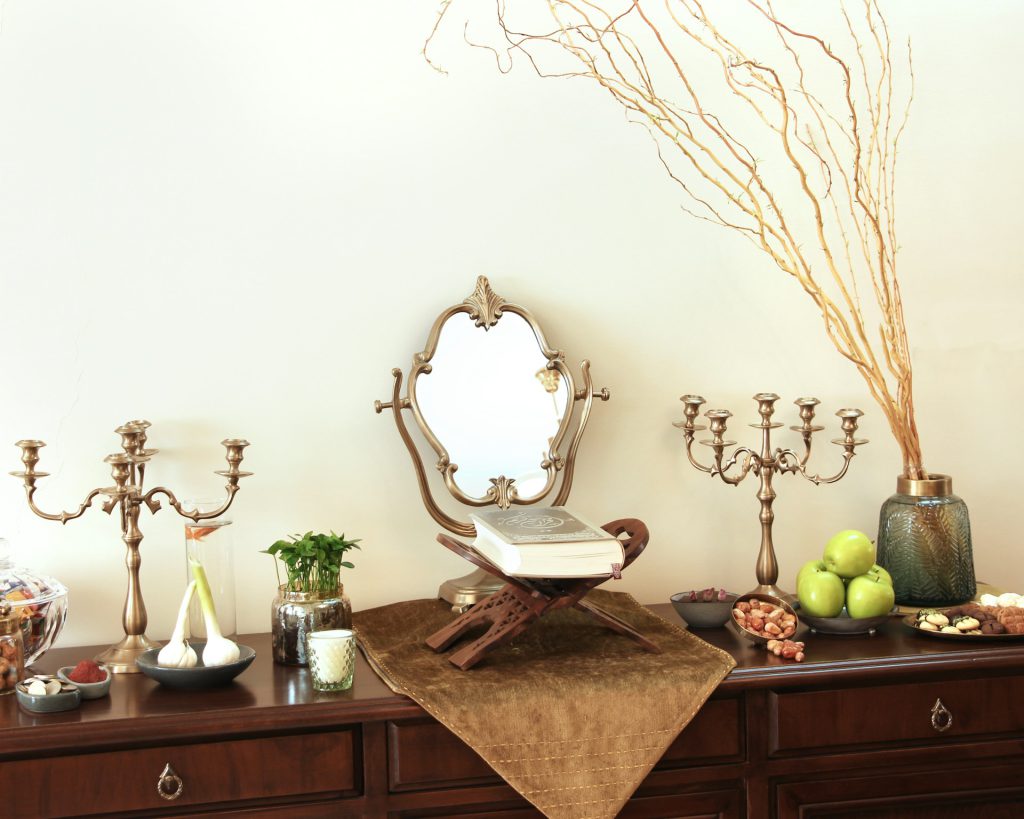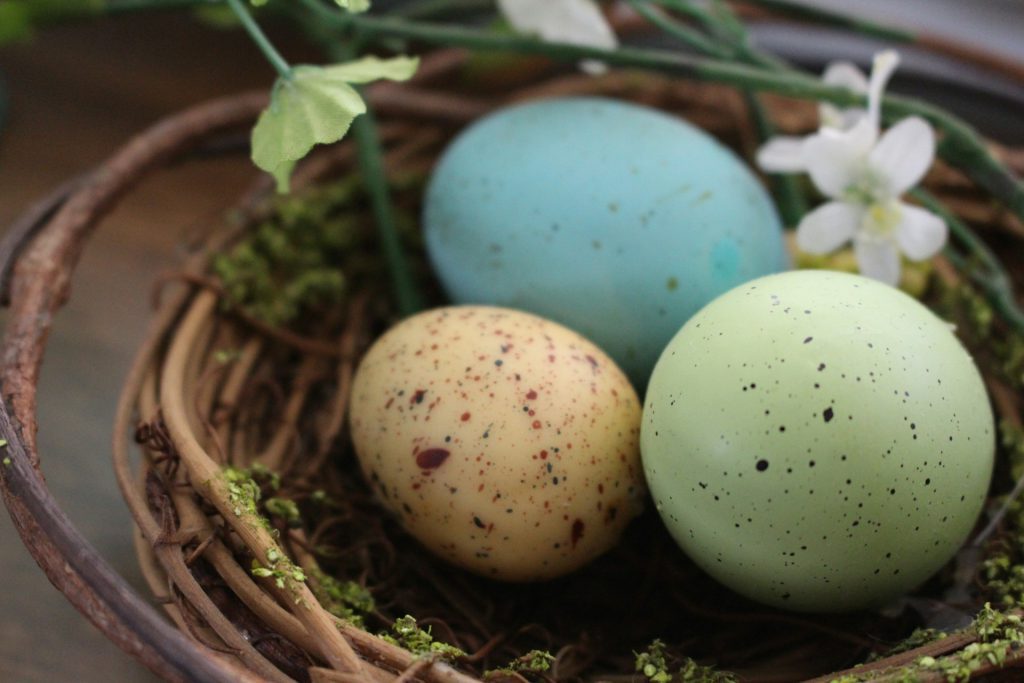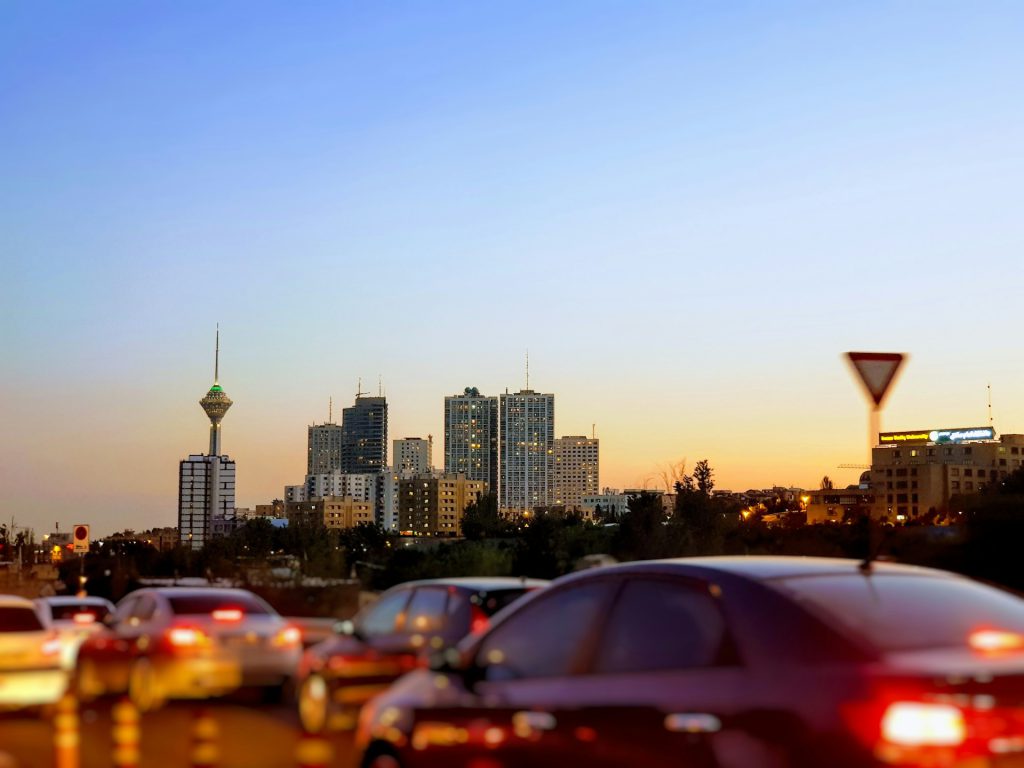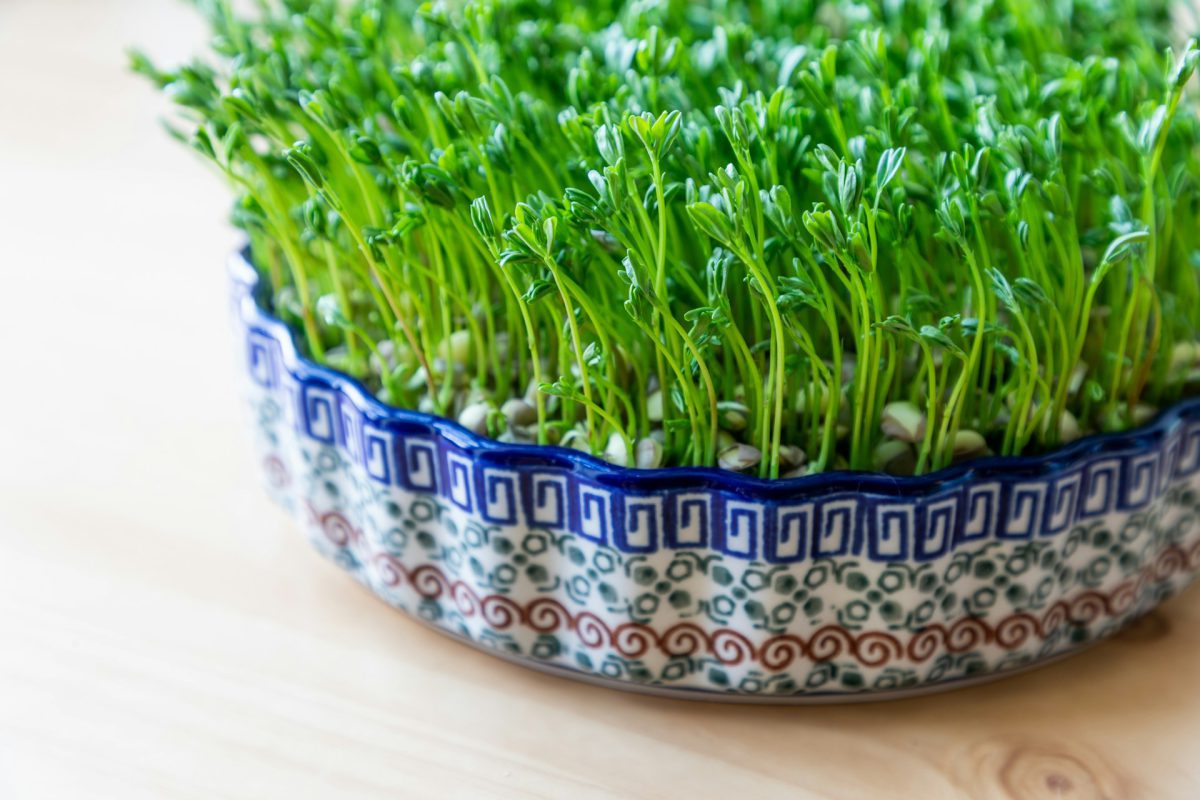Table of Contents
Nowruz, the Persian New Year, kicks off on March 20th and goes on for about two weeks until April 1st, known as Sizdah Bedar. It’s a big deal for Iranians, who take trips, either within Iran or abroad, to celebrate with their families and friends, all while keeping their ancient customs alive. If you’re thinking of traveling to Iran during this time, get ready for a mix of excitement and challenges. So it is better to get familiar with Nowruz travel tips together.
Imagine stepping into a lively Nowruz celebration in Iran, starting from March 20th and lasting until April 1st, called Sizdah Bedar. This festival is a big deal for Iranians, who take trips and celebrate with family and friends, blending old traditions with new ones. If you’re planning to visit Iran during this time, get ready for an adventure that’s both thrilling and a bit tricky.
Traveling to Iran During Nowruz

During Nowruz, Iran’s longest holiday, families plan for two weeks of festivities. Popular tourist cities like Esfahan, Shiraz, Yazd, Kashan, Tabriz, and more buzz with activity – hotels fill up, public transport gets crowded, and roads are bustling with cars. It’s a lively chaos, offering a taste of genuine Iranian celebrations.
Surprisingly, Tehran, the capital, takes a different route during Nowruz. While locals enjoy their break, Tehran becomes unexpectedly calm. The usually busy streets quiet down, famous sites and museums are surprisingly empty, and the air feels fresh. If you prefer a more relaxed exploration, traveling to Iran during Nowruz is the ideal time. But if you’re keen on the classic tourist route, the festive hustle might pose some challenges. So, choose your adventure wisely!
Things to Do in Nowruz

As Nowruz, the Persian New Year, is just around the corner, families in Iran are busy and excited, preparing for a festive celebration filled with traditions. There are two special events leading up to Nowruz: the lively Chahar Shanbeh Soori fire festival and the thorough spring cleaning known as Khaneh Takani. These activities set the stage for the main event—the Haft Seen table adorned with symbolic items.
On Nowruz Day, families share hugs, kisses, and wishes. Then, on the 13th day, Sizdah Bedar takes everyone outdoors for a special Sabze ritual, making wishes and letting go of negativity. Let’s explore some of the most important things to do in Nowruz:
Chahar Shanbeh Soori
Before the New Year kicks in, Iranians get into the spirit with Chahar Shanbeh Soori, a lively fire festival that’s been part of their culture for ages. Seeing fire as a way to start fresh, people gather on the last Tuesday of the year to light seven bonfires in a row. Jumping over the flames, they shout out, “My yellowness of you, your redness of me,” hoping the fire will take away any bad vibes and bring in good health, joy, and happiness. It turns into a big party with dancing, singing, and sharing meals, making everyone feel connected and excited about Nowruz just around the corner.
Adding to the fun is “Haji Firouz,” a cool character in a bright red outfit and a mysterious blackened face. He plays music, sings, and entertains the crowd, sort of like a cheerful messenger from the olden days when this celebration marked the upcoming Nowruz. With the warmth of the fire and Haji Firouz’s beats, Iranians wave goodbye to the old year, welcoming the new one with open arms and a spark of tradition.
Khaneh Takani (Spring Cleaning)
Before Nowruz arrives, lots of Iranian families get busy with something called Khaneh Takani, a big spring cleaning that lasts about a month for some. It’s not just about basic cleaning – it’s like a super thorough makeover where everything, from rugs to clothes, gets a good wash. Families also use this time to buy new stuff for the house and fix up anything that needs repairing, making sure everything is in top shape for the upcoming celebrations.
But here’s the cool part – it’s not a one-person job. Families come together once a year to celebrate the night before the New Year and give their home a special refresh. Iranians believe that getting rid of things they don’t need, tossing out the old, and bringing in new stuff will give life a kind of special boost that comes with the New Year. So, as everyone picks up brooms and dusts off shelves, Khaneh Takani turns into a fun family activity, making homes sparkle and shine for the festive days of Nowruz.
Haft Sin
Imagine the Haft Sin table as the Persian version of a Christmas tree or Nativity Scene, a bunch of special items set up on tables or the floor to mark the beginning of the Persian New Year. As the clock ticks to the new year, families gather around the Haft Sin, a tradition that lasts for some even beyond Nowruz, up to thirteen days.
Now, let’s talk about the Haft Sin table’s main stars – seven items, each starting with the letter ‘S’ in Persian:
Senjed, the Oleaster, symbolizing fertility and emotional strength
Sib, the Apple, representing health and beauty, usually placed by the caring mom or grandpa
Sabze, the Nowruz sprout, grown about ten days before the festival. Made from things like wheat or lentils and dressed up with a ribbon, Sabze stands for fresh starts and new beginnings
Samanu, a sweet sauce made of wheat, flour, and water, is all about power and goodness, signifying patience, justice, resistance, and strength
Garlic, or Sir, is like a health superhero, symbolizing cleanliness and good vibes
Serkeh, Vinegar, reminds us to be okay with life’s ups and downs
Sumac, a tangy spice, is all about patience and the start of something new
Besides these Seven S items, the Haft Seen table gets even fancier with other stuff symbolizing modernity, fertility, abundance, and wealth. You’ll find coins for good fortune, water for purity, and a bunch of other things like mirrors, books, candles, dyed eggs, flowers, sweets, nuts, rosewater, and sometimes even goldfish. It’s like a colorful and meaningful display that makes Nowruz celebrations even more special!
The Day of Nowruz
When Nowruz arrives, families get cozy at home, gathering around the Nowruz table. Before the New Year officially starts, candles or house lights twinkle to add a warm touch.
As the clock hits the New Year, a sweet tradition kicks in. Family members share hugs, kisses, and Nowruz gifts called Eidi, passing on good vibes and wishes for the year ahead. It’s a lovely way to start things on a positive note.
During Nowruz, Iranians keep the celebrations going by visiting their relatives. They begin by saying hello to the older family members, showing respect for their wisdom. These visits create a close-knit feeling, bringing the community together and spreading happiness during the festive Nowruz season.
Eidi and Gifts
Nowruz brings joy through a sweet tradition – exchanging gifts. Kids eagerly await the moment they receive brand-new money notes, a special way of sharing good wishes. Before the year ends, elders add a touch of respect by placing these money notes on the Quran. Later, these blessed notes become Eidi gifts for the younger ones as the new year begins. And it’s not just about money – some folks prefer giving thoughtful presents to their loved ones. Whether it’s a carefully picked gift or shiny banknotes, the joy of giving creates a beautiful connection between generations during this festive time.
New Outfits
During Nowruz, it’s normal to put on brand-new clothes and show them off, adding an extra pop of excitement to the festivities.
Whether you’re hanging out with friends or family, the idea is simple – let everyone see and enjoy your cool new outfits. It’s like a fun way to share the happiness of your latest fashion picks during this special time of the year.
Did va Bazdid (Visiting Each Other)
Long ago, people probably knew life would get super busy, making it tough to visit the folks we care about. That’s why Nowruz comes with this cool tradition called “Did va Bazdid” or visiting each other. It’s a sweet reminder to take a break from our busy lives and meet up at least once a year to celebrate this special holiday with our loved ones. It’s a simple yet heartfelt way to reconnect, taking a break from our busy days to share the happiness of Nowruz with the people who matter.
Sizdah Bedar (Nature Day)
On the 13th day of Nowruz, known as Nature Day or Sizdah Bedar, families come together outdoors to enjoy nature, cook lunch, and breathe in the fresh air. As part of the rituals, there’s a unique tradition involving the Sabze, the sprout from the Haft Seen table.
During these 13 days, Iranians believe that the Sabze absorbs negative energies and diseases. On Sizdah Bedar, it’s time to say goodbye to all that negativity by throwing the Sabze, especially into rivers. Before tossing it away, people make wishes and tie knots on the leaves. It’s common for unmarried boys and girls to wish for a future spouse in the coming year.
The belief is that when these knots are eventually untied, problems magically find solutions, and dreams have a way of coming true. So, amidst the natural beauty, Sizdah Bedar becomes a day of hopeful wishes, laughter, and the simple joy of spending time outdoors with loved ones.
Tips for Traveling to Iran in Nowruz

Traveling to Iran during Nowruz can be both exciting and challenging. Here are some simple tips to help you make the most of this festive season.
Traditional Celebrations
One of the important Nowruz travel tips is that travel during Nowruz is the special events that come with the New Year. Sizdah Bedar and Chaharshanbe Soori are two big celebrations that happen every year. They each have their way of making the New Year festive and fun. It’s a great opportunity for travelers to join in and experience the lively traditions of Iran during Nowruz.
Diverse Culture
If you like meeting different people and experiencing new things, Nowruz in Iran is the perfect time to visit. Another Nowruz travel tips is that you’ll have a chance to discover interesting stuff during your trip, like seeing people wear different clothes, following unique customs, speaking various languages, and trying out different foods from travelers in the city you’re exploring. It’s a special event that happens once a year and can be a lot of fun, especially if you enjoy meeting new people and learning about different ways of life.
Transportation
Traveling to Iran during Nowruz can be a bit tricky, especially when it comes to moving between cities. Even if you try to book your flight, train, or bus tickets a month ahead, it might still be tough to find available seats. This challenge is even more noticeable if you’re starting your journey from Tehran since lots of people in the capital use Nowruz to visit their families in other cities.
Because of the high demand during this time, ticket prices shoot up, and finding affordable accommodations becomes tougher. So, keep in mind that during Nowruz, your travel plans might come with higher costs and a bit more planning.
Busy But Lively Time
It is better to be aware of more Nowruz travel tips. All the markets and shops are really busy, the streets are crowded with people, and there are traffic jams everywhere (except in Tehran). Restaurants are full. It’s a super lively time when all Iranians come together to celebrate the end of the year and hope for a better one. It’s a special, busy, and warm time. This is one of the important Nowruz travel tips and is one of the few times when you can enjoy Iranian hospitality, and that friendliness continues during the celebrations.
FAQs about Nowruz Travel Tips
Q1: What do Iranians do for Nowruz?
A1: Some of the most important things to do in Nowruz are people celebrate by having a lot of delicious food, visiting family and friends, and giving each other gifts. Many cultural events and traditions happen, and kids usually get small toys to play with, including colorful painted eggs.
Q2: How do you prepare for Nowruz?
A2: In the days before Nowruz, we get ready for the special day. We start spring cleaning by removing old things, cleaning our home thoroughly, and freshening it up. Rugs are taken outside to be dusted, and we wipe the walls to remove any dirt. We also adorn our home with freshly cut flowers, especially tulips and hyacinths.
Q3: What are the rituals of Nowruz?
A3: Before Nowruz begins, families engage in a customary spring cleaning at home. During the celebration, people come together with their family and friends. Just before the new year begins, families gather to exchange wishes. The eldest member often distributes sweets, and young children receive coins and presents.
Q4: How do you greet Nowruz?
A4: Happy Nowruz! I wish you all the happiness and fulfillment you deserve in the upcoming year. May the coming year bring you joy and progress. Wishing you and your loved ones a very happy Nowruz.
Q5: What is the 13 days of Nowruz?
A5: Nowruz starts on March 20 or 21 and continues for 13 days. Each of these days symbolizes a month of the year. On the 13th day, people engage in activities to let go of bad luck, as the number 13 is considered unlucky. While Nowruz traditions differ across regions, there are common themes that are observed universally.
Last Words: Be Aware of Nowruz Travel Tips with a Customized Tour
Nowruz is the Iranian New Year, celebrated from March 20th to April 1st, ending with Sizdah Bedar. It’s significant for Iranians who travel within Iran or abroad to celebrate with family and friends, keeping ancient customs alive. If you are thinking of traveling to Iran during Nowruz, be prepared for an exciting yet challenging adventure.
By choosing a customized tour, you not only gain the flexibility to explore the destinations that captivate you the most but also ensure that your journey aligns perfectly with the Nowruz celebrations. From witnessing traditional ceremonies to indulging in local delicacies, a tailored tour with To Iran Tour enables you to savor every moment of this festive period.
With To Iran Tour, rest assured that you have a dedicated partner in crafting an enriching and unforgettable adventure, ensuring you have the best possible experience during your visit to Iran.

